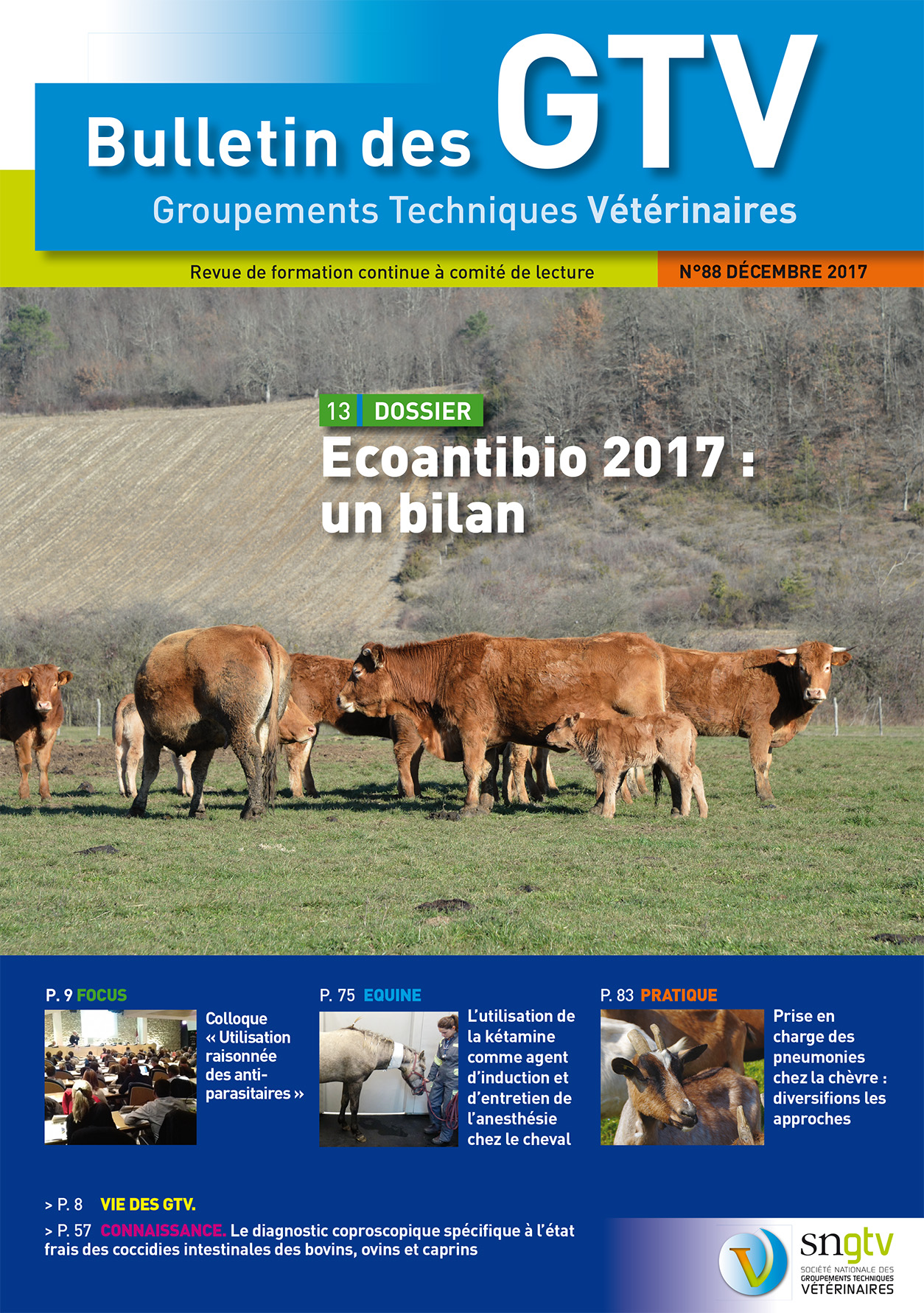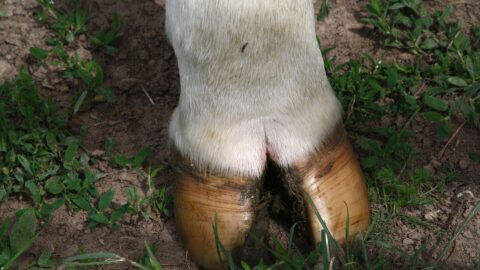Ecoantibio 2017 : bilan, évolution des consommations et des résistances, pourquoi un Ecoantibio 2 ?

Auteurs
Résumé
Le plan Ecoantibio 1 visait une diminution de la contribution animale au développement de l’antibiorésistance, et notamment une réduction de 25 % de l’usage des antibiotiques en 5 ans. La loi d’avenir agricole a fixé un objectif de - 25 % en 3 ans de l’utilisation des antibiotiques critiques à partir de 2013. Les évolutions des consommations témoignent d’objectifs dépassés (- 36,6 % de l’exposition aux antibiotiques en 5 ans, et de l’utilisation des C3/C4G (- 81,3 %) et des fluoroquinolones (- 74,9 %) par rapport à 2013). Des tendances à la baisse de l’antibiorésistance sont également observées dans toutes les espèces animales. Ces bons résultats témoignent d’un engagement efficace de toutes les parties prenantes. Le plan Ecoantibio 2 vise à inscrire les bons résultats obtenus dans la durée.
Abstract
The Ecoantibio 1 strategic action plan was set up to reduce the impact of the veterinary sector on global antimicrobial resistance notably through a 25% reduction in the use of antibiotics within 5 years. The Law on the future of Agriculture, Food and Forestry fixed an objective of -25% in critically important antibiotic use within 3 years starting from 2013. The evolution in antibiotic use, since 2013, shows that the objective was easily attained (-36.6% for all antibiotics in 5 years, -81.3% for broad-spectrum cephalosporins and -74.9% for fluoroquinolones in 3 years). The rates of antimicrobial resistance have also tended to decrease in all animal species. The effectiveness of the programme shows that all the actors were highly committed to this process. The Ecoantibio 2 plan aims to maintain the results.

